Woolly-headed Burr-daisy
Display all 11 images
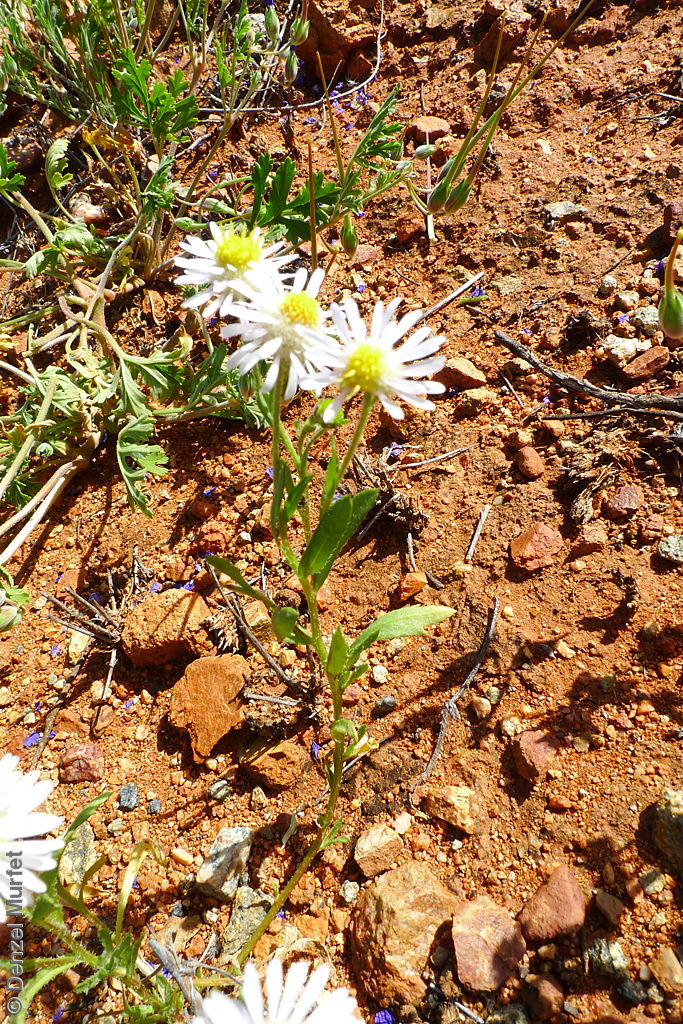
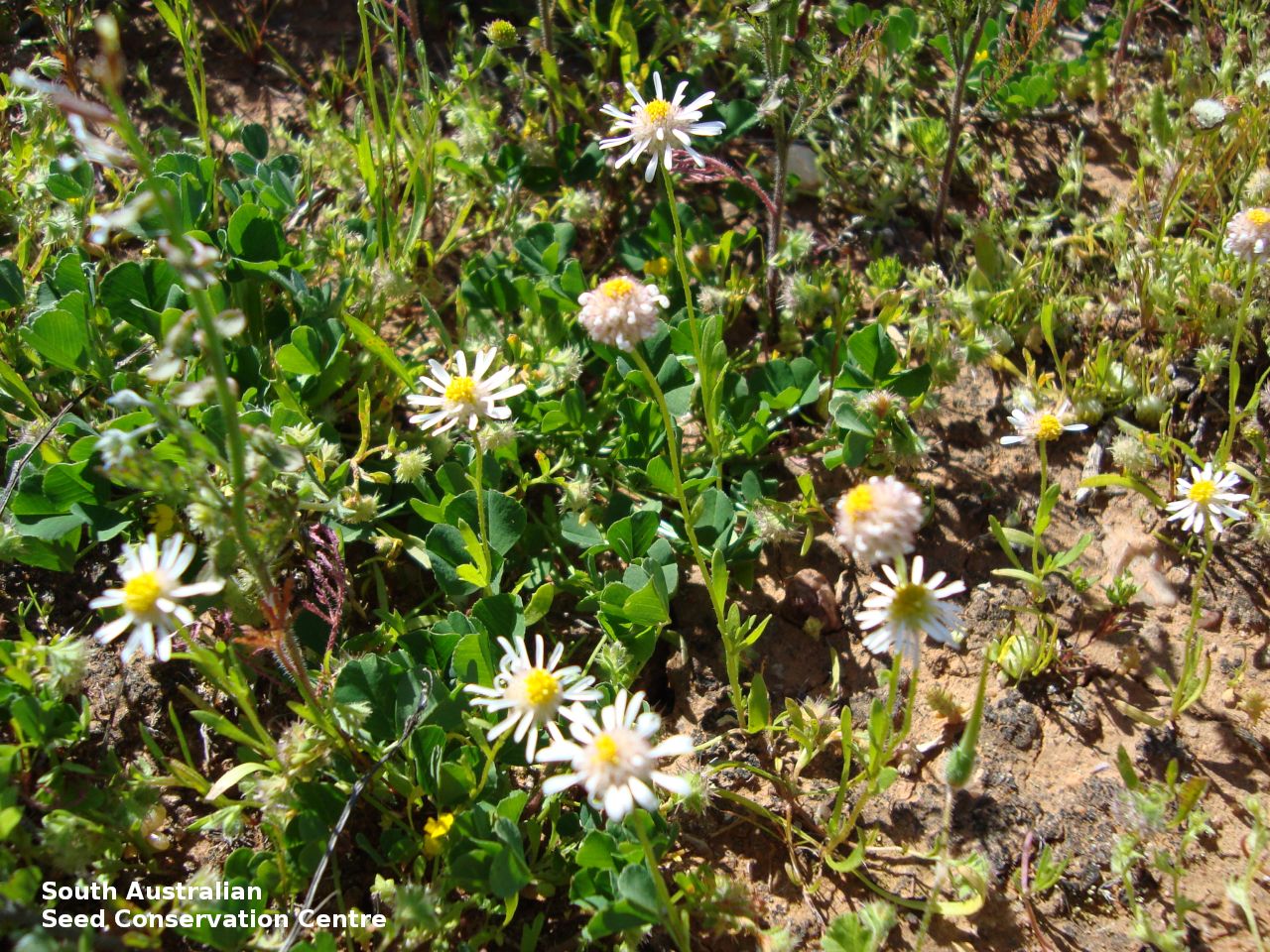
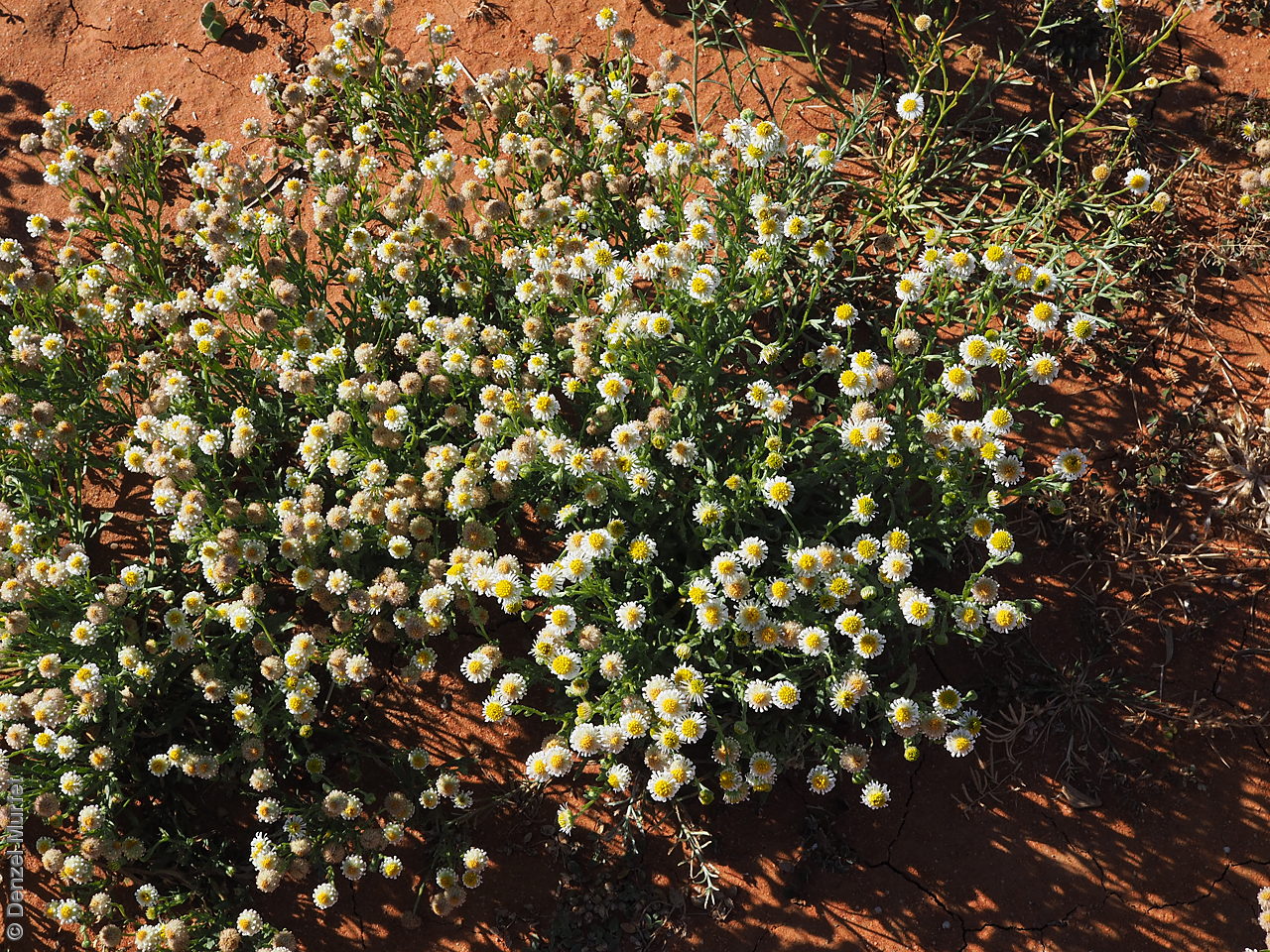

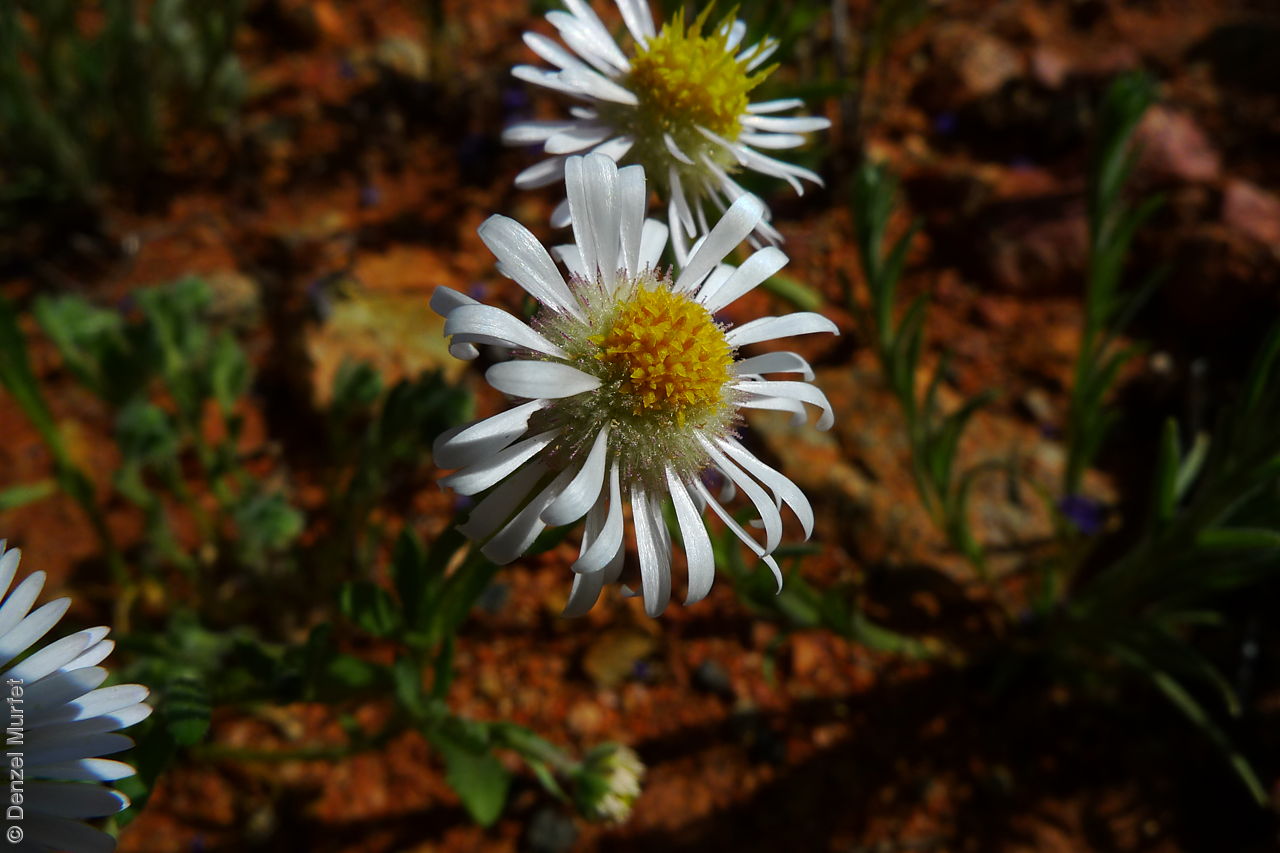
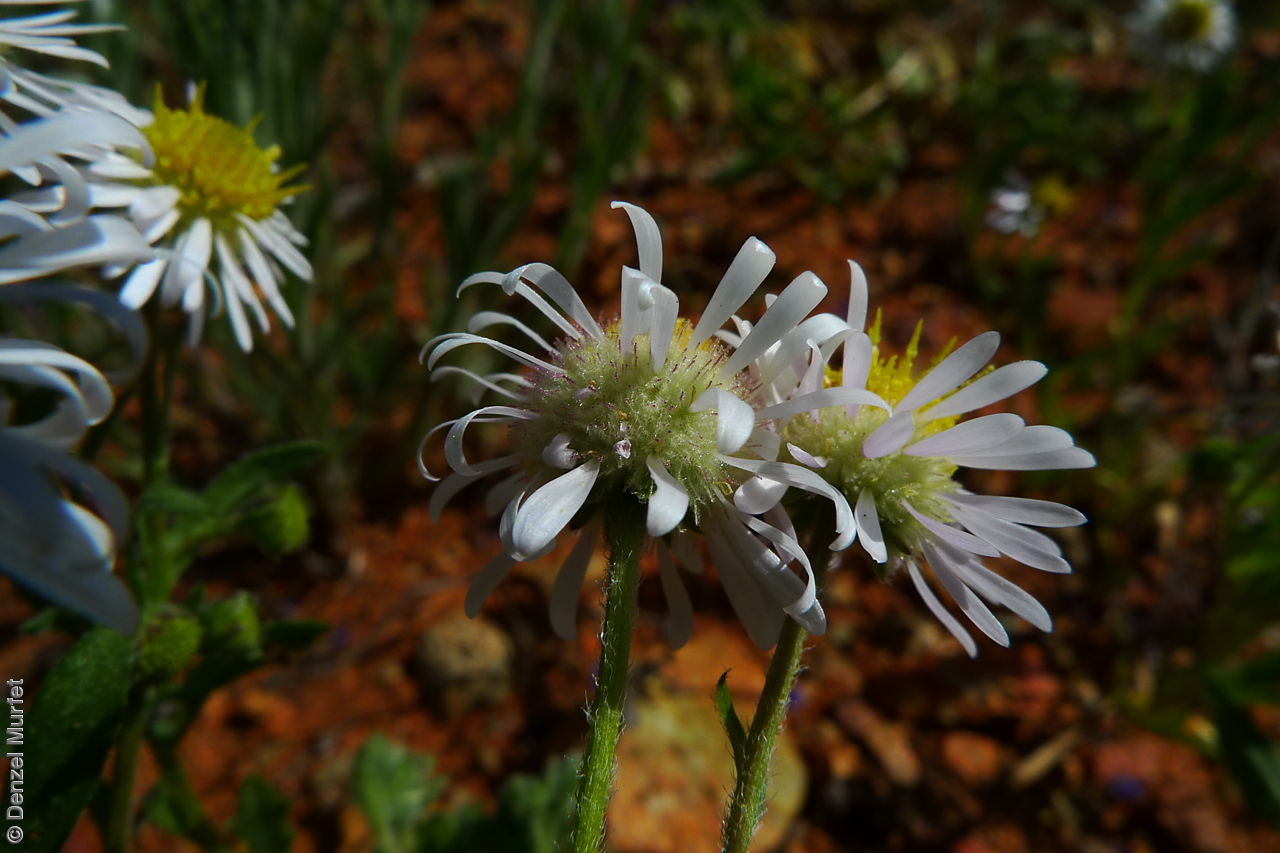
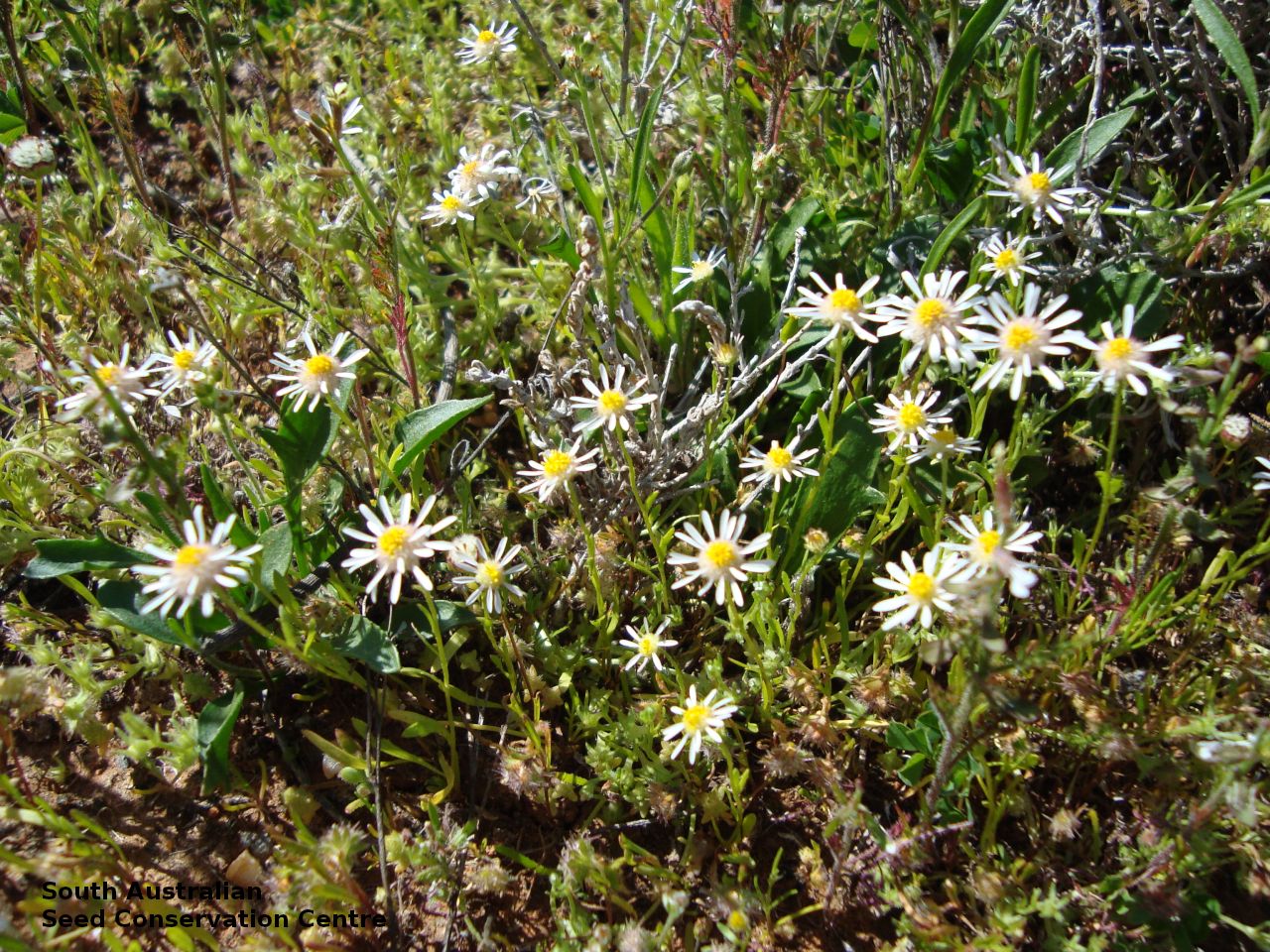
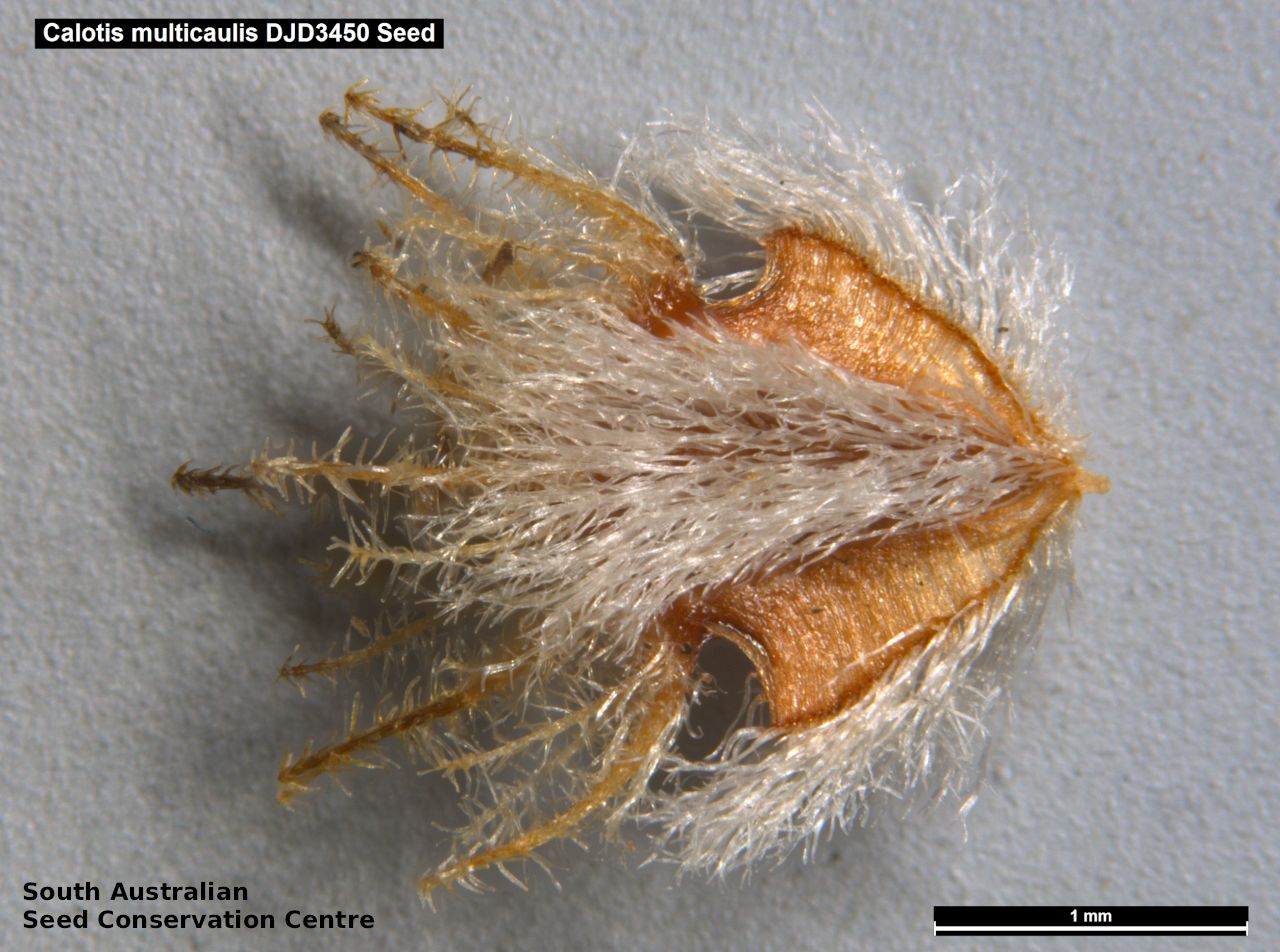
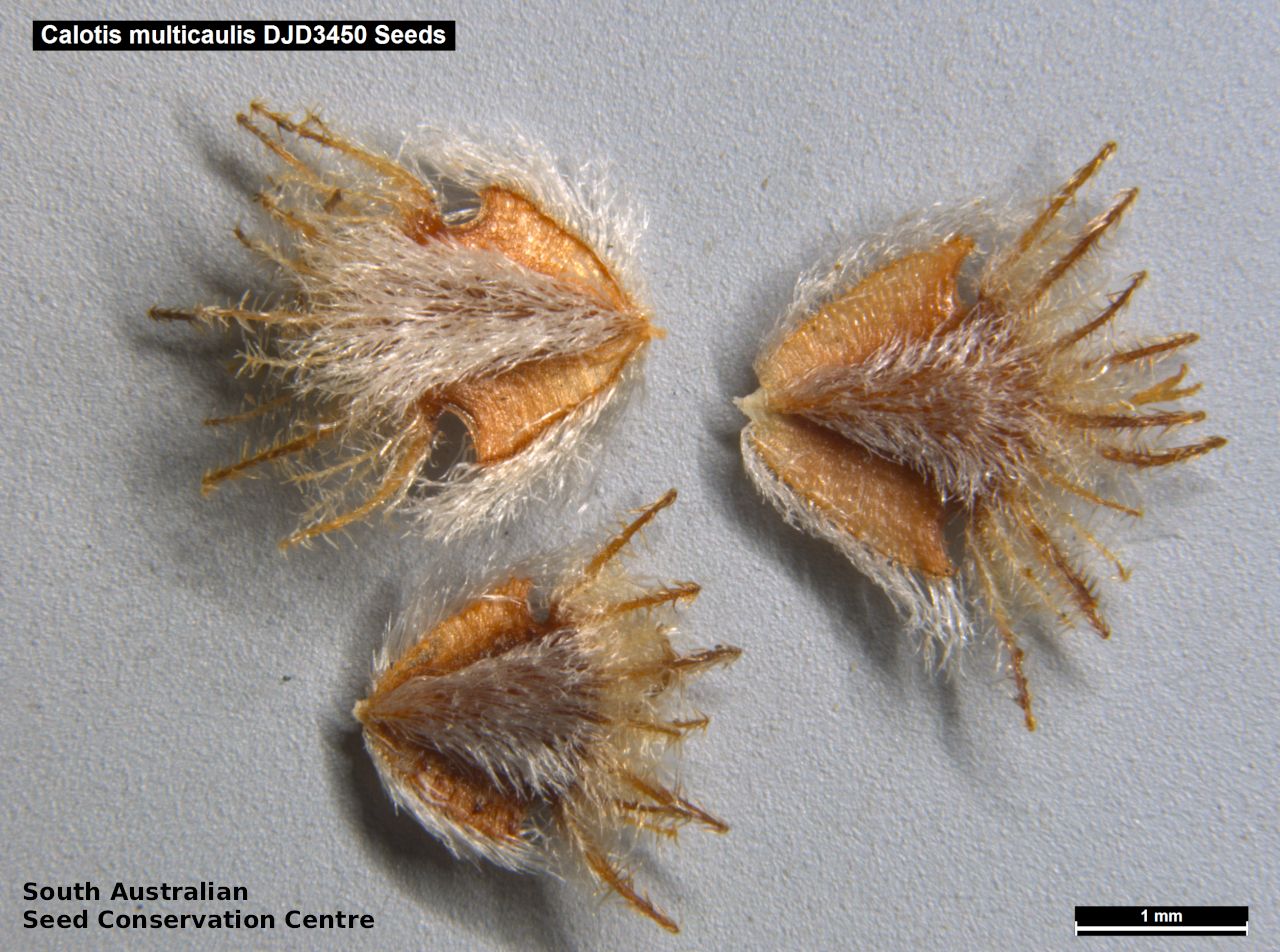
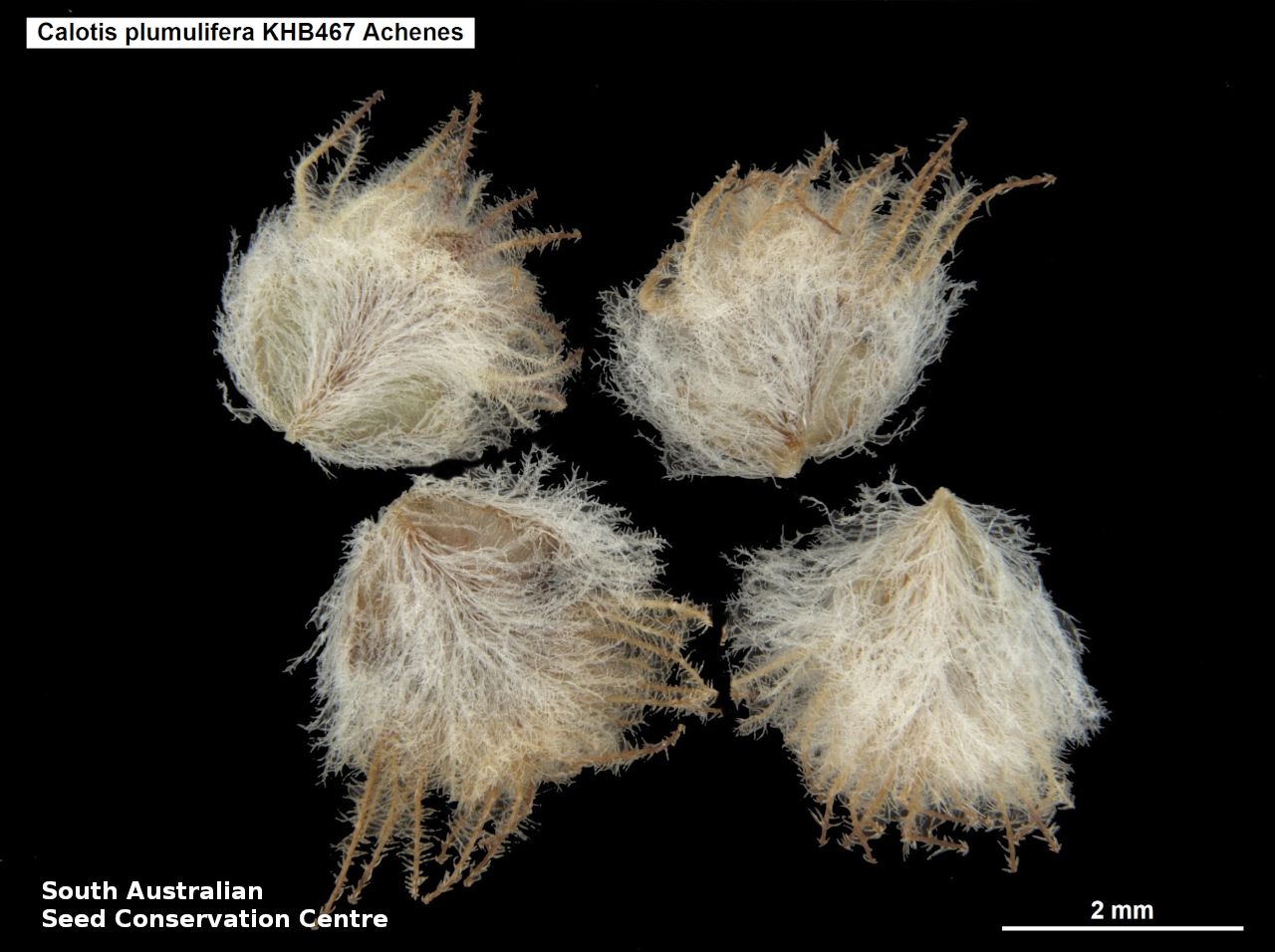
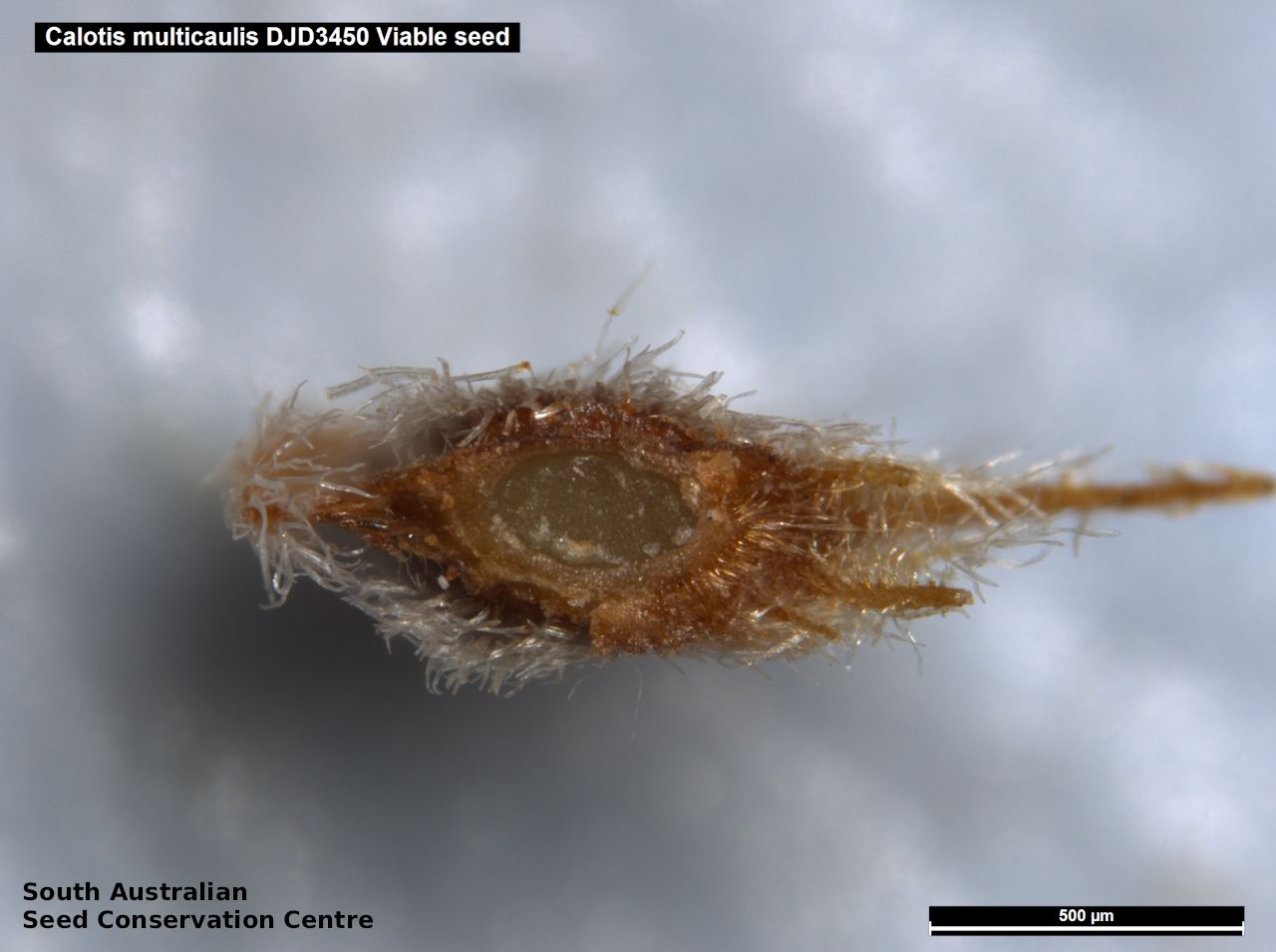
Regional Species Conservation Assessments per IBRA subregion.

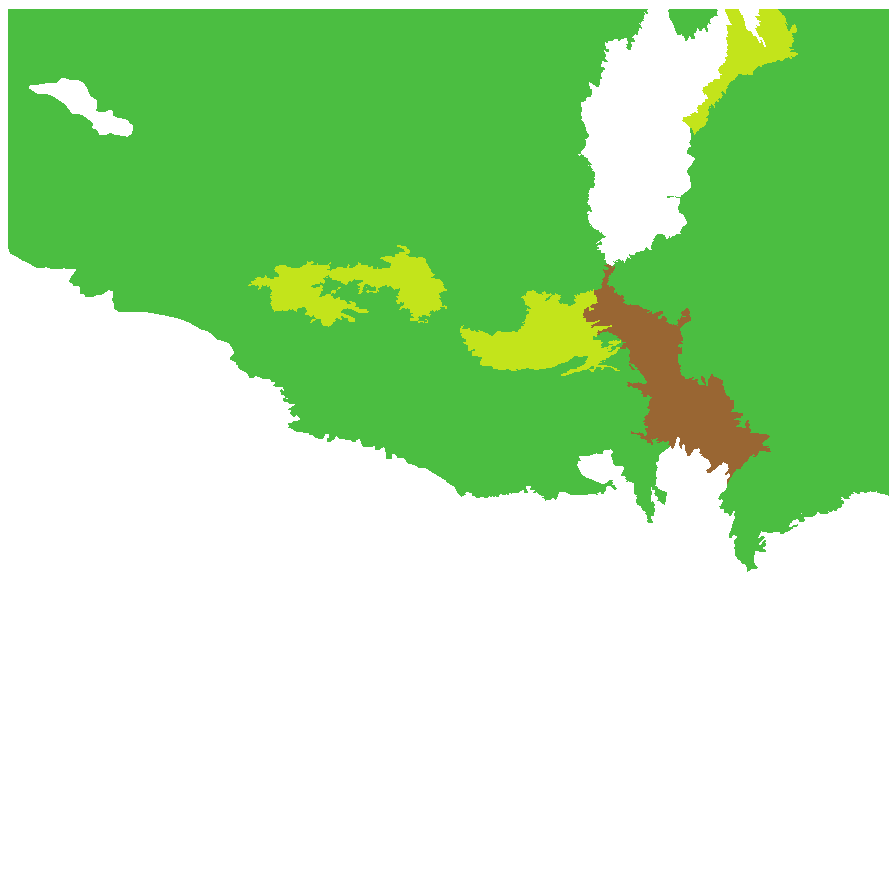
Least concern
Near threatened
Rare
Vulnerable
Endangered
Critically endangered
Extinct
Data deficient
Adelaide
Arkaroola
Ceduna
Coober Pedy
Hawker
Innamincka
Marla
Marree
Mount Gambier
Oodnadatta
Renmark
Wudinna
Keith
Yunta
Display IBRA region text
| Olary Spur (FLB03) | Flinders Lofty Block | Data Deficient [Historic Record, data deficient.] |
| Northern Flinders (FLB05) | | Least Concern |
| Central Flinders (FLB06) | | Rare (IUCN: RA d(i,ii)) (Probable Decline) [limit of range; goats, sheep grazing] |
| Gawler Volcanics (GAW02) | Gawler | Least Concern [likely to be sunk with C multicaulis] |
| Gawler Lakes (GAW03) | | Least Concern [likely to be sunk with C multicaulis] |
| Arcoona Plateau (GAW04) | | Least Concern [likely to be sunk with C multicaulis] |
| Kingoonya (GAW05) | | Least Concern [likely to be sunk with C multicaulis] |
| Torrens (GAW06) | | Rare (IUCN: RA d(ii)) |
| Roxby (GAW07) | | Near Threatened [edge of range] |
| Commonwealth Hill (GAW08) | | Near Threatened |
| Maralinga (GVD03) | Great Victoria Desert | Least Concern [likely to be sunk with C multicaulis] |
| Kintore (GVD04) | | Least Concern |
| Tallaringa (GVD05) | | Least Concern |
| Yellabinna (GVD06) | | Least Concern [likely to be sunk with C multicaulis] |
| Barrier Range (BHC01) | Broken Hill Complex | Least Concern |
| Barrier Range Outwash (BHC04) | | Least Concern |
| Bimbowrie (BHC05) | | Least Concern |
| Curnamona (BHC06) | | Least Concern |
| Simpson Desert (SSD02) | Simpson Strzelecki Dunefields | Least Concern |
| Warriner (SSD04) | | Least Concern |
| Strzelecki Desert (SSD05) | | Least Concern |
| Breakaways (STP01) | Stony Plains | Least Concern |
| Oodnadatta (STP02) | | Least Concern |
| Murnpeowie (STP03) | | Least Concern |
| Peake-Dennison Inlier (STP04) | | Least Concern |
| Macumba (STP05) | | Least Concern |
| Witjira (STP06) | | Least Concern |
| Baltana (STP07) | | Least Concern |
| Sturt Stony Desert (CHC02) | Channel Country | Least Concern |
| Diamantina-Eyre (CHC04) | | Near Threatened [limited habitat] |
| Coongie (CHC06) | | Least Concern |
| Lake Pure (CHC07) | | Least Concern |
| Mann-Musgrave Block (CER01) | Central Ranges | Least Concern |
| Everard Block (CER03) | | Least Concern |
| Tieyon (FIN03) | Finke | Least Concern |
| Pedirka (FIN04) | | Least Concern |
| 3 of 6 subregions | Flinders Lofty Block | Least Concern , Rare , Data Deficient |
| 7 of 8 subregions | Gawler | Least Concern , Near Threatened , Rare |
| 4 of 4 subregions | Great Victoria Desert | Least Concern |
| 4 of 4 subregions | Broken Hill Complex | Least Concern |
| 3 of 4 subregions | Simpson Strzelecki Dunefields | Least Concern |
| 7 of 7 subregions | Stony Plains | Least Concern |
| 4 of 4 subregions | Channel Country | Least Concern , Near Threatened |
| 2 of 3 subregions | Central Ranges | Least Concern |
| 2 of 2 subregions | Finke | Least Concern |
Botanical art
Kath Alcock paintings: 3
Etymology
Calotis from the Greek 'kalos' meaning beautiful and 'otos' meaning ear, after the first species named in the genus Calotis cuneifolia which has an ear-shaped pappus. Plumulifera from the Latin 'plumulus' meaning feather and 'fera' to bear, alluding to the feather-like woolly hairs on the seed.
Distribution and status
Found across the northern part of South Australia, growing on silty sand and loam, in floodplains and dried river beds. Also found in Western Australia, Northern Territory, Queensland and New South Wales. Native. Common in South Australia. Common in the other States.
Herbarium regions: North Western, Lake Eyre, Gairdner-Torrens, Flinders Ranges, Eastern, Eyre Peninsula
NRM regions: Alinytjara Wilurara, Eyre Peninsula, South Australian Arid Lands
AVH map: SA distribution map (external link)
Plant description
Annual herb to 50 cm high with stems erect or ascending, branched, sparsely hairy. Basal leaves petiolate, oblanceolate, to 4.5 cm long, soon withering. Stem leaves sessile, cuneate to oblanceolate, to 5 cm long and 10 mm wide, narrowed at the base, dentate or lobed in the distal portion, sparsely hairy. Flower-head in loose leafy terminal cymes of 2-8 flowers, ray florets white to mauve. Flowering between April and October. Fruits are brown round spiny fruit-head. Seeds are brown seed to 2 mm long, covered in woolly hairs, with numerous, long and narrow barbed spines at one end. Barbs on the spines are longer than in Calotis multicaulis. Seed embryo type is spatulate fully developed.
Seed collection and propagation
Collect seeds between June and December. Collect mature seed heads that are dried and turning brown by picking off the heads and placing them in a paper bag. Be careful as the heads are spiny. Leave the heads in the paper bag to dry for at least a week. No further cleaning required if only the heads are collected. If other material were collected, use a sieve to separate the unwanted material. Whole heads can be stored with a desiccant such as dried silica beads or dry rice, in an air tight container in a cool and dry place. Seeds are non-dormant, viable seed should germinate readily.
| Location | No. of seeds
(weight grams) | Number
of plants | Date
collected | Collection number
Collection location | Date
stored | % Viability | Storage
temperature | | BGA | 19,000 (9.44 g) | 100+ | 21-Sep-2016 | DJD3450
Lake Eyre | 1-Nov-2017 | 80% | -18°C |
Location: BGA — the seeds are stored at the Adelaide Botanic Gardens, MSB — the seeds are stored at the Millennium Seed Bank, Kew, England.
Number of plants: This is the number of plants from which the seeds were collected.
Collection location: The Herbarium of South Australia's region name.
% Viability: Percentage of filled healthy seeds determined by a cut test or x-ray.












